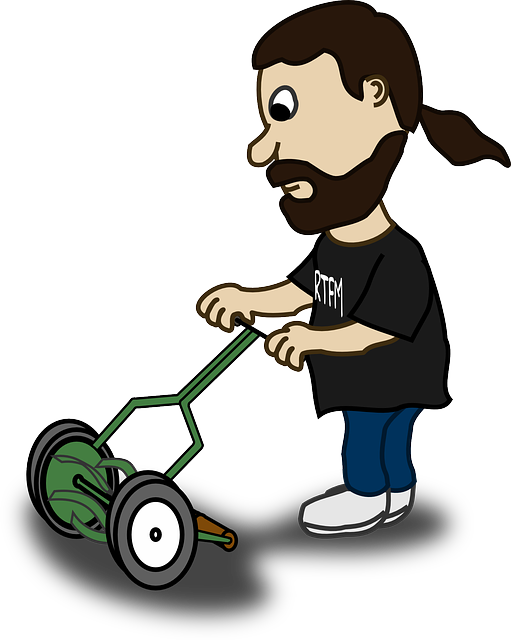Lawn maintenance is crucial for achieving and sustaining a healthy, attractive outdoor space throughout the year. A successful lawn care regimen includes optimizing mowing height, aerating soil for better root growth, selecting the right fertilizer based on local conditions and grass type, and employing an integrated pest management approach to manage common issues like pests, diseases, and weeds. Regular upkeep with seasonal-specific practices—such as raking in spring, adjusting fertilization in fall, and overseeding during the cooler months—ensures a thick, resilient lawn. Understanding soil health is essential, requiring regular testing to manage pH levels, organic matter, and moisture retention for optimal grass nutrient access. Customized fertilization plans address the unique needs of both cool and warm season grasses, while organic-based services support a healthy soil microbiome. Effective pest management and targeted weed control are also vital for maintaining a lush lawn, deterring infestations, and conserving water systems by reducing chemical runoff. Advanced techniques like overseeding and aeration enhance the lawn's resilience against environmental stressors and improve its overall health and appearance. Comprehensive care, including soil testing and integrated pest management, ensures a robust lawn that can withstand various challenges year-round.
Embark on a journey to transform your outdoor haven with our comprehensive guide to top-notch lawn care services. From the basics of maintaining lush green spaces to mastering year-round maintenance strategies, this article covers it all. Dive into the secrets of soil health and the importance of fertilization for establishing a robust foundation. Learn effective pest and weed control methods to keep your lawn pristine. For those aiming to elevate their lawn’s appearance, we delve into advanced techniques such as overseeding, aeration, and beyond to ensure a vibrant, thriving yard that stands out in your neighborhood.
- Understanding Lawn Care Fundamentals: A Guide to Lush Green Spaces
- Seasonal Lawn Maintenance: Year-Round Strategies for Optimal Growth
- Soil Health and Fertilization: The Foundation of a Thriving Lawn
- Effective Pest and Weed Control: Keeping Your Lawn Pristine
- Advanced Lawn Aesthetics: Overseeding, Aeration, and Beyond for a Vibrant Yard
Understanding Lawn Care Fundamentals: A Guide to Lush Green Spaces
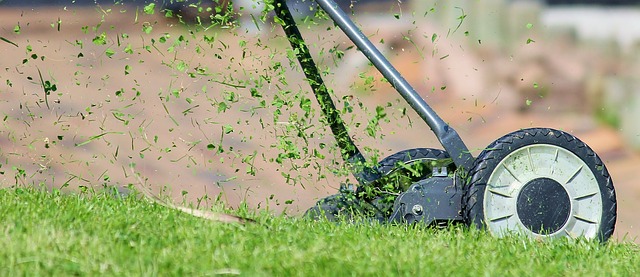
A lush, verdant lawn is a hallmark of well-maintained outdoor spaces, and understanding the fundamentals of lawn care is crucial for achieving this desirable aesthetic. Regular mowing at the correct height promotes healthy growth by allowing grass to photosynthesize effectively and Crowns per square foot without overworking the turf. Aeration is another essential practice, as it alleviates soil compaction and allows air, water, and nutrients to penetrate the root zone, fostering a robust root system that contributes to a lush lawn. In conjunction with proper fertilization tailored to local soil types and grass varieties, aeration and mowing form the cornerstone of a comprehensive lawn care regimen. Additionally, addressing common issues such as pests, diseases, and weeds promptly is vital for maintaining the health and beauty of your green space. Implementing an integrated pest management strategy can effectively control these elements without compromising the environment or your family’s safety. By understanding and applying these lawn care fundamentals, you can ensure your lawn remains a vibrant, inviting part of your property year-round.
Seasonal Lawn Maintenance: Year-Round Strategies for Optimal Growth

Lawn care is a year-round commitment that requires strategic planning to ensure optimal growth and health throughout all seasons. In spring, focus on raking away debris, aerating the soil to allow nutrients and water to reach grass roots, and applying a balanced fertilizer tailored for cool-season or warm-season grasses depending on your climate. Regular mowing at the right height for your grass type, coupled with sharpening the mower blades to make clean cuts, encourages a thick, vigorous turf that naturally resists weeds and pests. As summer progresses, ensure consistent irrigation to maintain soil moisture without overwatering, which can lead to disease and waste. Transitioning into fall, reduce fertilization to prevent late-season growth that could be damaged by early frosts. Leaf removal is crucial to prevent matting and decay that can smother the lawn. Lastly, in autumn and winter, overseed bare spots with a mix of grass seeds suitable for your region’s climate to fill in any gaps and ensure a lush, resilient lawn come spring. Engaging in these seasonal lawn maintenance practices will contribute to a thriving yard that stands up to the elements year-round.
Soil Health and Fertilization: The Foundation of a Thriving Lawn
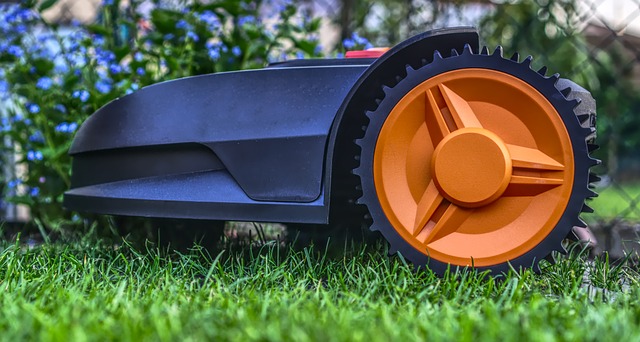
A robust lawn care regimen begins with understanding and nurturing soil health, which serves as the bedrock for a thriving lawn. Soil composition, pH levels, organic matter content, and moisture retention are critical factors that influence plant growth and overall lawn vitality. Regular soil testing can reveal nutrient deficiencies or imbalances that may hinder grass development, allowing for targeted adjustments to restore balance. Comprehensive lawn care services often include soil analysis followed by strategic fertilization tailored to the specific needs of your lawn, ensuring each grass blade has access to essential nutrients like nitrogen, phosphorus, and potassium. These elements are key to promoting leaf growth, root development, and overall resilience against environmental stressors. By prioritizing soil health through fertilization and maintenance, homeowners can lay the foundation for a lush, green lawn that stands out in any neighborhood.
Effective fertilization goes beyond merely spreading granules across the turf; it requires a thoughtful approach that considers the time of year, local climate conditions, and grass type. For instance, cool-season grasses thrive with fall and early spring feedings to build energy reserves, while warm-season varieties benefit from fertilization in late spring and summer. Organic-based lawn care services offer a sustainable solution, enriching the soil with natural, slow-release nutrients that support a diverse soil microbiome, leading to healthier turf that can crowd out weeds and pests naturally. Through this holistic approach, comprehensive lawn care services not only enhance the aesthetic appeal of your yard but also contribute to environmental stewardship by minimizing chemical runoff into local waterways.
Effective Pest and Weed Control: Keeping Your Lawn Pristine
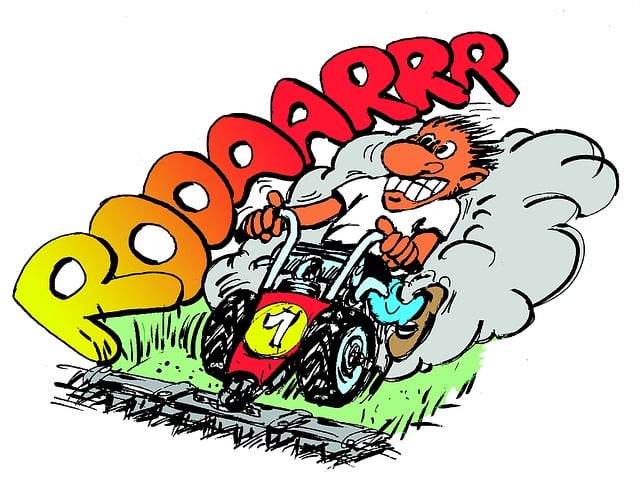
A well-maintained lawn is a hallmark of a beautiful and healthy garden, and effective pest and weed control play a pivotal role in achieving this pristine condition. Comprehensive lawn care services begin with identifying and managing bothersome pests and invasive weeds that can detract from the aesthetic appeal and vitality of your turf. Pests such as grubs, chinch bugs, and mole crickets can cause significant damage to grass roots, leading to unsightly brown patches and a weakened lawn structure. Professional services employ targeted treatments and preventative measures to safeguard against these pests, ensuring your lawn remains lush and resilient throughout the seasons.
In addition to pest management, weed control is another critical aspect of maintaining a pristine lawn. Broadleaf weeds and crabgrass can rapidly overtake your grass if left unchecked, competing for sunlight, nutrients, and space. Pre-emergent and post-emergent herbicides are carefully applied by trained professionals to control existing weeds and prevent new ones from germinating. This proactive approach not only enhances the visual appeal of your lawn but also fosters an environment where grass can thrive without the interference of unwanted vegetation, ultimately resulting in a more robust and uniform turf.
Advanced Lawn Aesthetics: Overseeding, Aeration, and Beyond for a Vibrant Yard
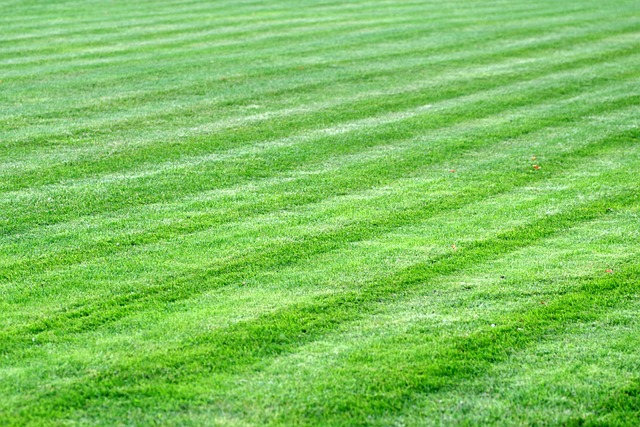
Lawn aesthetics are significantly elevated with the integration of advanced techniques such as overseeding and aeration, which are pivotal in maintaining a vibrant yard. Overseeding involves planting grass seeds into an existing lawn to fill in bare spots and improve turf density, ensuring a lush, uniform carpet of grass that can crowd out weeds and enhance overall appearance. Aeration complements this process by mechanically removing small plugs or cores from the soil, allowing air, water, and nutrients to penetrate the grass roots, promoting a deeper root system for stronger, more resilient grass. Together, these practices not only contribute to a visually appealing lawn but also bolster its health and resilience against environmental stressors and heavy foot traffic.
Beyond these fundamental treatments, comprehensive lawn care services may include additional measures tailored to the specific needs of your lawn. For instance, soil testing can determine pH levels and nutrient deficiencies, guiding the selection of appropriate fertilizers to optimize grass health. Additionally, integrated pest management (IPM) strategies are employed to address any invasive species or pests that may threaten the integrity of your lawn. By combining these advanced techniques with the foundational practices of overseeding and aeration, lawn care professionals can craft a robust care plan that ensures your yard remains a verdant oasis throughout the seasons.
Lawns serve as a serene backdrop to our homes and a testament to a well-maintained outdoor space. By adhering to the comprehensive lawn care services outlined in this guide, from mastering the fundamentals to implementing year-round maintenance strategies, homeowners can achieve and sustain lush green spaces that reflect the dedication to soil health, effective pest control, and advanced aesthetic techniques like overseeding and aeration. A thriving lawn is within reach with the right knowledge and practices, ensuring your outdoor oasis remains a vibrant, healthy environment all year round.
